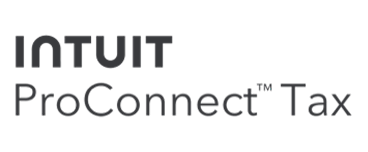
App Backwards: The #1 Mistake to Avoid
If you’re a bookkeeper who’s committed to increasing your efficiency with bookkeeping apps and automation, here’s a mistake you’ll want to avoid.
While it may seem a bit counterintuitive, to avoid this mistake you’ll need to do the opposite of what nearly everyone else is doing!
What is the mistake? Using an “app backwards” approach to choosing new bookkeeping apps to integrate into your workflow. That is, most bookkeepers see the latest tricks a new app can do and then try to make it fit into their existing processes.
This usually is a waste of time and money… leaving you worse off than when you started.
In truth, to successfully choose bookkeeping apps, you’ll need to invest some research time, plain and simple. But most of us are impatient.
Before starting any integration, take the time to properly investigate exactly how, on a nitty-gritty level, the app works. Will it truly give you the results you’re after… or instead throw a wrench in the way you work?
Of course, that means that you also need to have a clear idea of what sticking point in your workflow the bookkeeping apps are supposed to improve. You should be clear on what it must (and must not) be able to do. For example, there are quite a few apps who promise to provide streamlined invoicing and integration with QuickBooks Online. This is a common need, since, let’s face it, QuickBooks Online invoicing is not the best.
But before you embrace that cool new whiz-bang app, you need to ask a few questions.
Does it work with a one-way or a two-way sync? In other words, do you want the information about clients, product and service items, or other detailed information to be shared? Or would it be better for you if the information flows only from the app into QuickBooks, but remain unchanged if you make updates in the QuickBooks records?
There’s no right or wrong answer to these questions. You need to know what you want.
If you don’t think through exactly what you need in an app so it works well with your workflow, you could end up creating a big mess! And with QuickBooks Online, once the damage is done, it’s not always easy to roll it back to the condition the books were in before you started integrating that bright shiny app.
So the smartest way to approach a new app is with caution. Use a proven system and thorough research. Don’t try to shortcut the process because of the promises of workflow paradise. That mistake could cost you dearly.
Take your time to vet any new app fully. In most cases you’ll want to schedule a one-on-one demo with the software vendor so you can ask specific questions. Be sure to take advantage of any free trial period and even ask to extend it if needed to fully test an app (using a test company file, if possible) before implementation begins.
Not every new app will ultimately give you what you need, but you’ll save yourself a lot of time, money, and heartaches if you avoid skipping steps in the app choosing process. It’s worth the effort because in the end you’ll have an efficient and profitable workflow and lots of happy clients.






